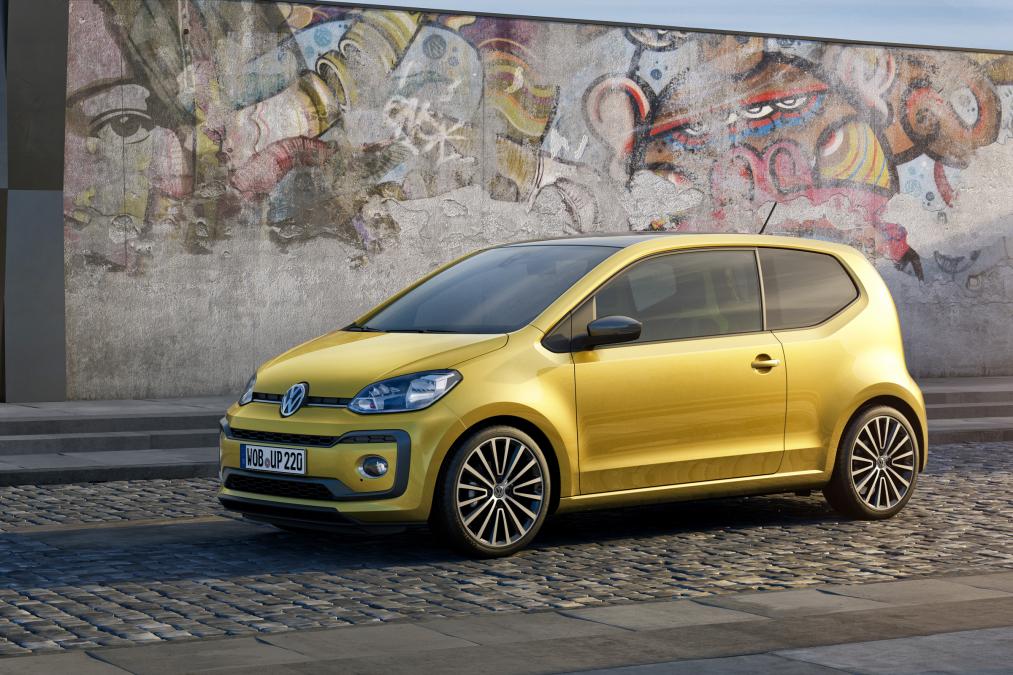In the beginning, there was Maruti, and there was the 800. It grew into a fortress that was deemed impossible to breach. Then came the Alto and the Alto 800, which made life even more difficult for the competition. Of course, rivals tried. Tata attempted the low sticker price approach with the Nano, Hyundai went for visual appeal with the fluidic Eon, and there were others too. Even Nissan had a ‘Go’ with Datsun; but real success eluded all of them.
Then came the Kwid, a car that broke the mould with its SUV design cues, which made it more a crossover than a conventional hatchback. In addition, it came with features never seen before in a budget car. The Kwid was a game changer, which rightfully earned it our 2016 Car of the Year accolade. With sales consistently close to 10,000 units a month, the Kwid has come closest to threatening Fortress Maruti.
Now, Datsun which also has access to the Kwid’s CMF-A platform developed by the Renault-Nissan Alliance, doesn’t want to lose out. But unlike what Renault has done with the Kwid, the Japanese brand has its own take on what a budget car should be. Not having the first-mover advantage does put Datsun at a bit of a, well, disadvantage, but coming late to the party also brings the benefit of hindsight. It’s an opportunity for Datsun to learn from the Kwid, not to mention its own mistakes with the Go and Go+.

The result is a completely different approach with the Redigo, which is positioned as a trendy and sophisticated urban runabout. Datsun has consciously made the Redigo as compact as possible to play to its city car credentials but more importantly, it wants to minimise the overlap (and hence cannibalisation) with the bigger Go. The Kwid, in contrast, is not as chic as its Japanese cousin, but has a more rugged personality, thanks to its crossover design. The Renault also looks half a size bigger and comes across as the more practical of the two. Both cars have a lot in common and yet, are like chalk and cheese. Question is, which is the better one? Time for some sibling rivalry.














































